(NLDO) - Beneath the landscape of mountains, rivers, and oceans... very similar to Earth, Titan possesses a special structure that can keep ocean life warm.
Scientists have discovered that the icy crust of Titan - Saturn's largest moon - includes a layer of insulating methane-rich ice up to 9.7 km thick. This increases the possibility of alien life.
Titan is famous for its landscape, which NASA describes as resembling a second Earth.
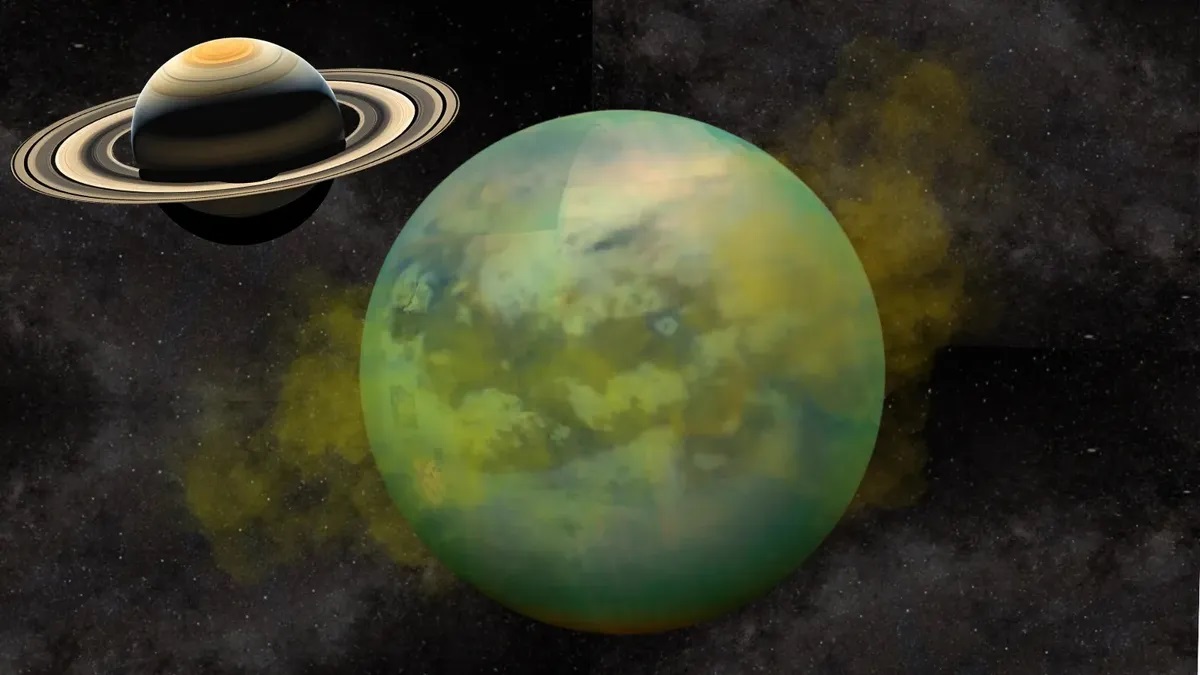
Saturn's moon Titan may harbor life beneath its underground ocean - Photo: NASA; Graphics: Robert Lea
It is Saturn's largest moon, about 40% the size of Earth, but the landscape on its surface is almost identical, with mountains, river systems, lakes, seas...
The only difference on the surface is probably that the "water" inside Titan's river systems and seas is liquid methane and other hydrocarbons such as ethane.
However, NASA and many other space agencies and scientists still believe Titan has life.
That life is not on the surface, but in a subterranean ocean beneath that Earth-like landscape.
Now, research from a team of planetary scientists at the University of Hawaii at Mānoa (USA) shows that separating that landscape from the underground ocean is a very thick ice shell, including the aforementioned insulating layer of methane ice.
But it is the only thing that can untie the knot of life on Titan.
Being so far from the Sun, Titan is cold. But if it has an insulating layer of methane-rich ice, the ocean below would be significantly warmed, not to mention the heat from Earth-like hydrothermal systems at the bottom of this subsurface ocean.
And while it makes it harder for human spacecraft to access the subsurface ocean directly, this insulation makes it easier for us to find evidence of life right on the surface.
"If life exists in Titan's ocean under the thick ice, any signs of life, any biosignatures, would need to be transported up into Titan's ice to a place where we could easily access them," said study leader Lauren Schurmeier.
Dr Lauren also said that if the ice shell surrounding this ocean is warm and connected, this transport would easily occur.
The ice crust holds a lot of methane, which is exactly what they expected.
Scientists identified this structure by noticing the presence of shallow impact craters on Titan.
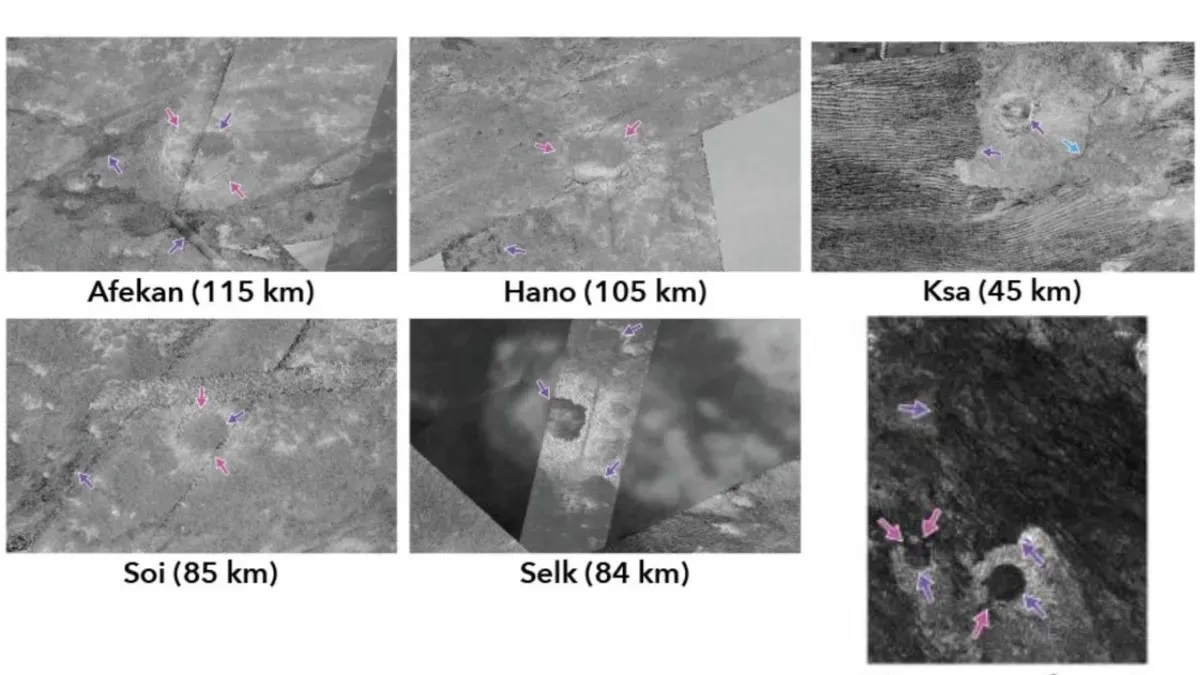
Impact craters on Titan have suggested the existence of methane-rich ice - Photo: NASA
Impact models show that they should have been deeper and more numerous. There is clearly something special about this moon that makes them shallower and disappear relatively quickly.
After testing several different models, they argued that the holes could only have formed if Titan's ice shell was made of methane clathrate, or "methane hydrate".
It is a solid compound in which a large amount of methane is trapped in the crystalline structure of water, forming a solid similar to ice on Earth.
Source: https://nld.com.vn/tim-ra-thu-giup-su-song-ton-tai-o-noi-gan-nhu-giong-het-trai-dat-19624110416062562.htm


![[Photo] General Secretary To Lam receives King Philippe of Belgium](https://vstatic.vietnam.vn/vietnam/resource/IMAGE/2025/4/1/e5963137a0c9428dabb93bdb34b86d7c)
![[Photo] Close-up of Vietnam's sniffer dog team searching for earthquake victims in Myanmar](https://vstatic.vietnam.vn/vietnam/resource/IMAGE/2025/4/1/d4949a0510ba40af93a15359b5450df2)

![[Photo] President Luong Cuong and King Philippe of Belgium visit Thang Long Imperial Citadel](https://vstatic.vietnam.vn/vietnam/resource/IMAGE/2025/4/1/cb080a6652f84a1291edc3d2ee50f631)






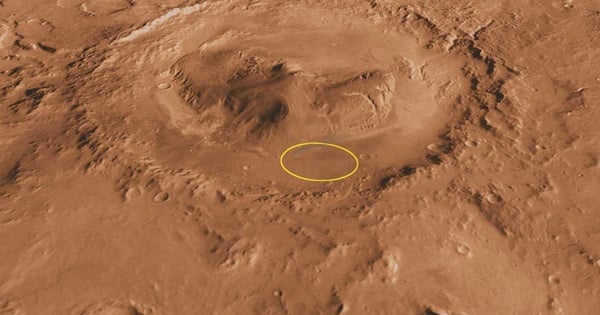

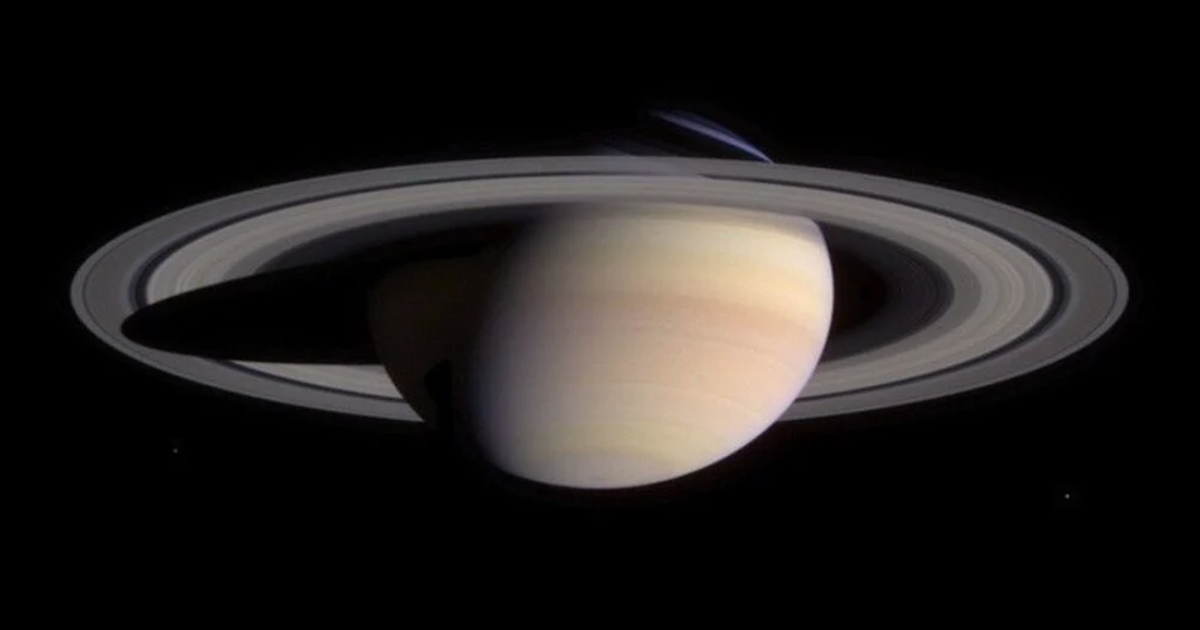




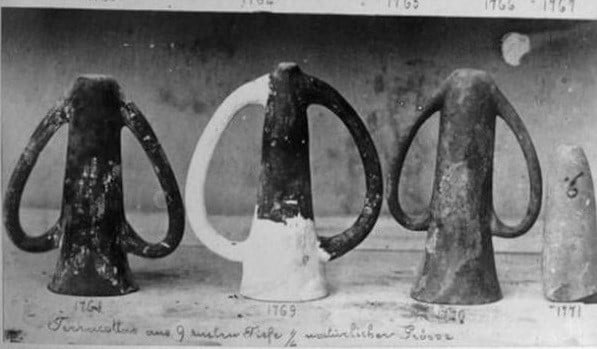
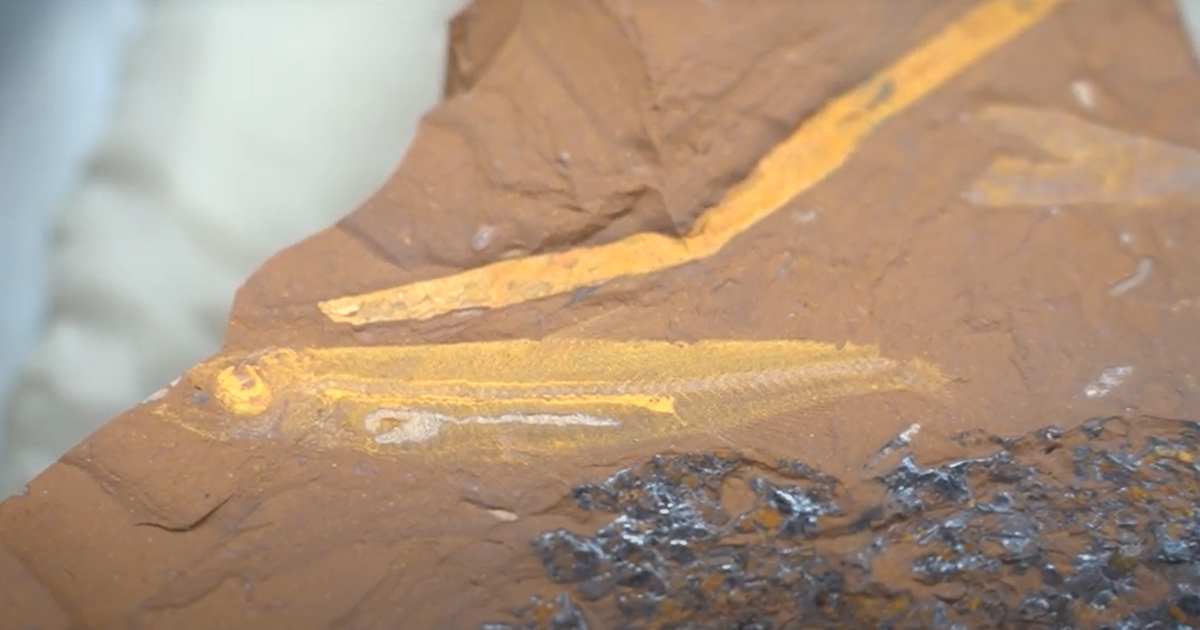
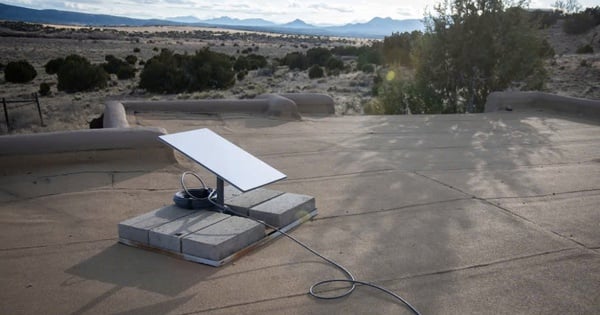










































































Comment (0)